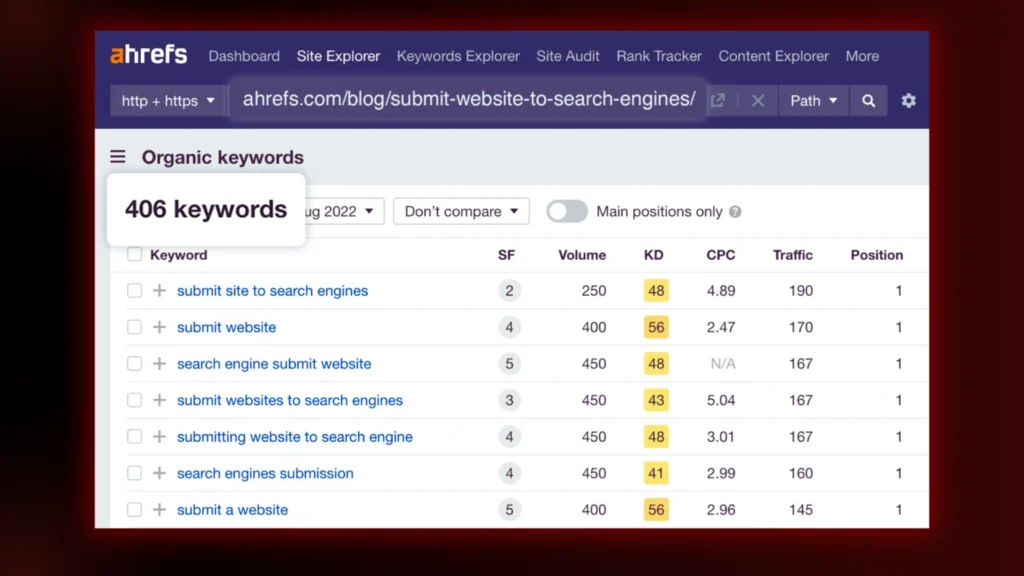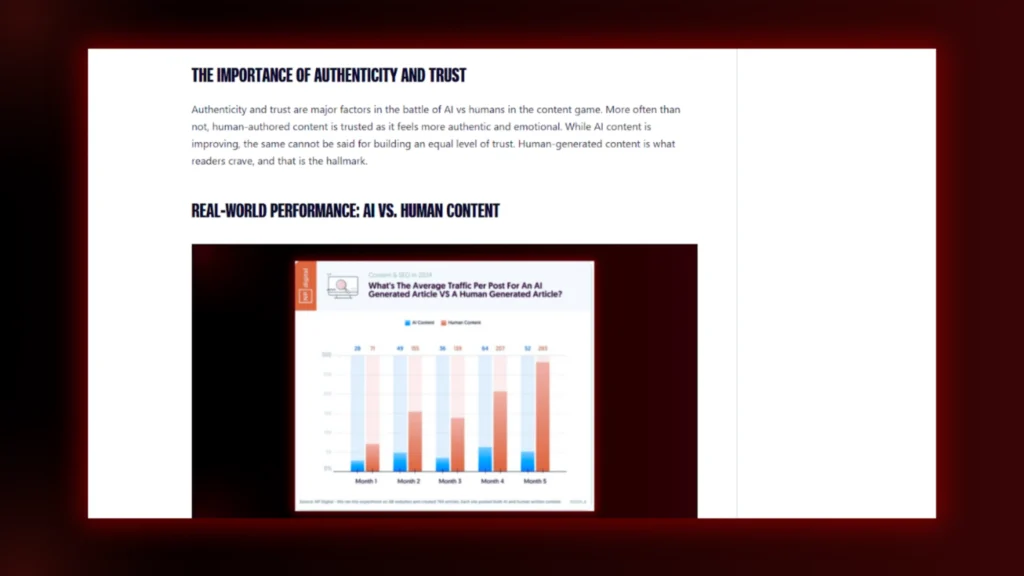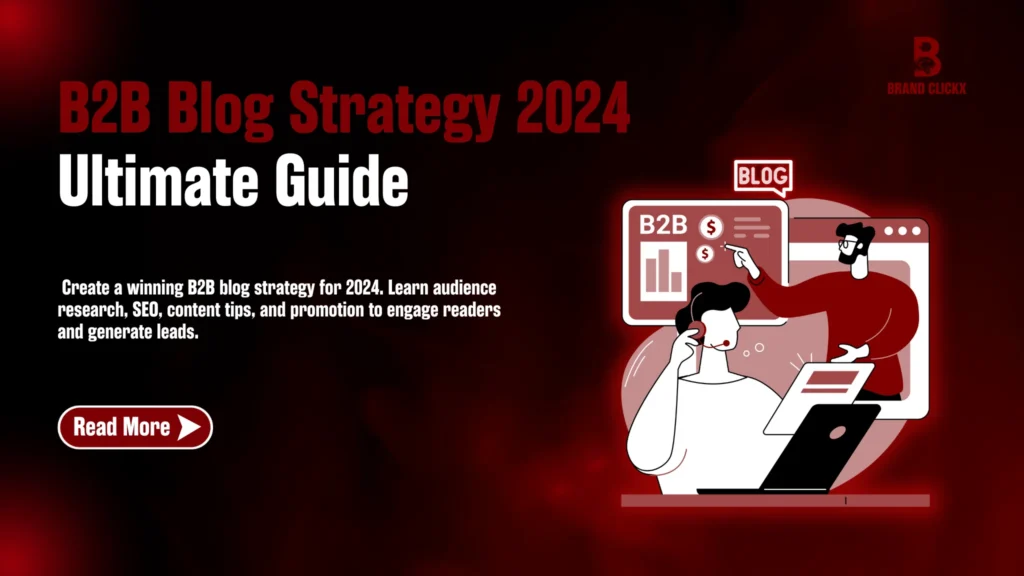Blogging isn’t just about putting words on a page anymore. You could write the most brilliant piece of content, but if no one finds it, does it even matter? That’s the pain point most businesses face. You invest time (or money) into blog content, expecting leads and engagement, but instead, it just sits there. No rankings, no clicks, no conversions.
The good news? You don’t need a massive budget or a team of SEO pros to fix this. You just need the right strategy. In this guide, we’ll break down 3 ways to transform blogs with SEO.
Whether you’re struggling with low rankings, poor engagement, or weak conversions, these SEO techniques will help you turn things around.
Understanding the Importance of SEO in Blogging

Before we explore the specific strategies, it’s essential to grasp why SEO is vital for bloggers. Search Engine Optimization (SEO) helps your blog become more visible on search engines like Google. When done correctly, SEO can lead to increased traffic, higher engagement rates, and ultimately, more conversions.
Imagine this: you’ve poured hours into creating a fantastic blog post, but it’s buried on page two of Google’s search results. Without effective SEO strategies, your hard work may go unnoticed. This is where our three transformative methods come into play.
1. Conduct Thorough Keyword Research
The first step in transforming your blog with SEO is conducting thorough keyword research. This process involves identifying the terms and phrases that potential readers are searching for related to your content. Here’s how to do it effectively:
- Use Keyword Research Tools: Tools like Google Keyword Planner, Ahrefs, and SEMrush can provide valuable insights into popular search queries. By analyzing these keywords, you can tailor your content to meet the needs of your audience.

- Focus on Long-Tail Keywords: Long-tail keywords are specific phrases that typically have lower competition but higher conversion rates. For example, instead of targeting “blogging,” you might focus on “how to start a successful travel blog.” This specificity can attract a more targeted audience.
- Analyze Competitors: Check what keywords competitors are ranking for and identify gaps in their content that you can fill. This not only helps in keyword selection but also in understanding what resonates with readers.
By integrating relevant keywords naturally throughout your blog posts, especially in titles, headings, and meta descriptions, you enhance your chances of ranking higher in search results.
2. Optimize Your Content Structure
Once you have your keywords sorted out, the next step is to optimize the structure of your content. A well-structured blog post not only improves readability but also helps search engines understand your content better.
- Use Headings Effectively: Break down your content using headings (H1, H2, H3) that incorporate keywords where appropriate. This hierarchical structure allows readers to scan through the post easily while signalling to search engines what each section is about.

- Create Scannable Content: Use bullet points, numbered lists, and short paragraphs to make your content more digestible. Most readers skim through articles; making it easy for them to find key information keeps them engaged longer.
- Include Internal and External Links: Linking to other relevant posts on your blog (internal links) encourages readers to explore more of your content while signalling to search engines that your site has depth. Additionally, linking out to authoritative sources (external links) enhances credibility and can improve SEO rankings.
By structuring your content effectively, you not only cater to human readers but also help search engines index your posts better.
Learn about writing long form blogs
3. Leverage Visual Content and Meta Tags
The final way to transform blogs with SEO is by leveraging visual content and optimizing meta tags.
- Incorporate Images and Videos: Visuals can significantly enhance user engagement. Use relevant images, infographics, or videos within your posts. Remember to optimize these visuals by using descriptive file names and alt text containing relevant keywords. This practice not only improves accessibility but also boosts SEO since search engines index images.
- Craft Compelling Meta Descriptions: Meta descriptions are snippets that appear under your page title in search results. A well-written meta description should include primary keywords and provide a compelling reason for users to click on your link. Aim for around 150-160 characters that succinctly summarize the post’s content.
- Utilize Schema Markup: Implementing schema markup helps search engines understand the context of your content better. It can enhance how your pages appear in search results with rich snippets, potentially increasing click-through rates.
By focusing on visual elements and metadata, you create a more engaging experience for users while improving the likelihood of higher rankings on SERPs.
Read about writing engaging content in 6 ways
Final Thoughts
Transforming blogs with SEO is not just about inserting keywords; it’s about creating a holistic approach that enhances visibility and user experience. By conducting thorough keyword research, optimizing content structure, and leveraging visual elements along with meta tags, you can significantly improve how your blog performs online.
If you’re looking for expert assistance in implementing these strategies effectively, consider reaching out to BrandClickX. We specialize in helping businesses amplify their online presence through tailored SEO solutions.
Incorporating these three methods into your blogging strategy will not only boost traffic but also foster a loyal readership eager for more of what you have to offer! Start today and watch as your blog transforms into an engaging platform that resonates with both readers and search engines alike.
Contact us for further info!
FAQs
1. What are the 3 ways to transform blogs with SEO?
The 3 ways to transform blogs with SEO include optimizing content with relevant keywords, improving site structure for better user experience, and leveraging high-quality backlinks to boost authority.
2. How can I use keywords effectively to apply the 3 ways to transform blogs with SEO?
To implement the 3 ways to transform blogs with SEO, use keywords naturally in titles, headings, and throughout the content while avoiding keyword stuffing. Also, incorporate long-tail keywords for better search rankings.
3. Why is content optimization crucial among the 3 ways to transform blogs with SEO?
Content optimization is vital because search engines prioritize well-structured, informative, and engaging content. Among the 3 ways to transform blogs with SEO, refining content ensures it meets search intent, increasing visibility.
4. How do backlinks contribute to the 3 ways to transform blogs with SEO?
Backlinks are essential in the 3 ways to transform blogs with SEO as they enhance domain authority and credibility. Securing links from reputable sources signals trust to search engines, improving rankings.
5. Can technical SEO help in applying the 3 ways to transform blogs with SEO?
Yes, technical SEO plays a key role in the 3 ways to transform blogs with SEO. Ensuring fast page speed, mobile-friendliness, and proper indexing improves search engine rankings and user experience.



